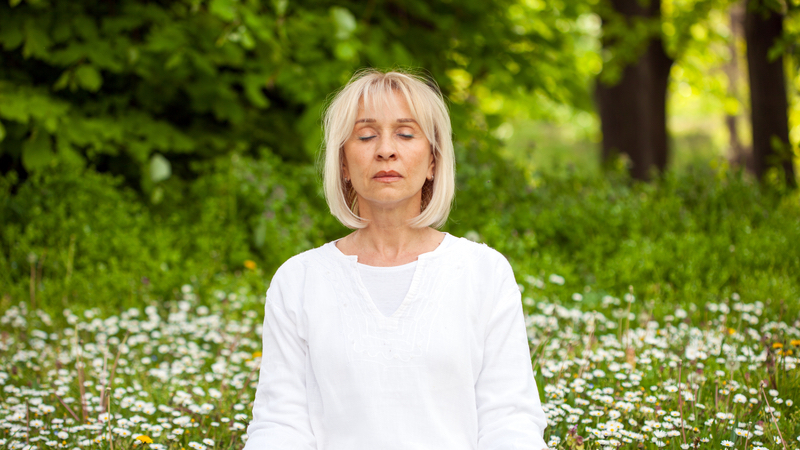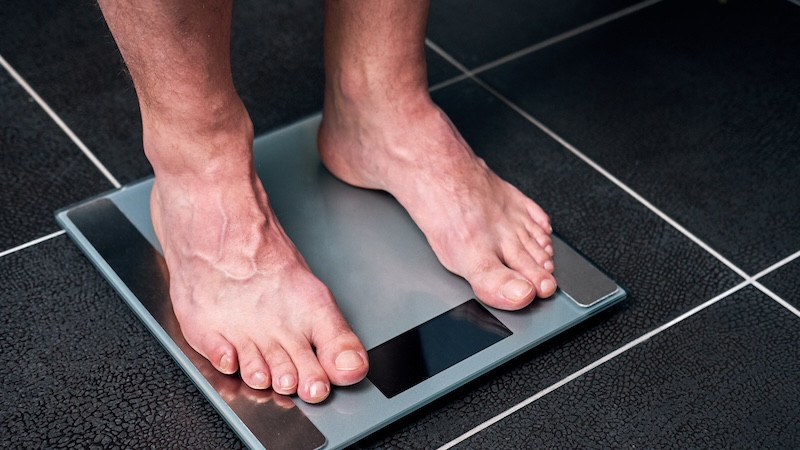Radiating Happiness and Creating Positivity
The keys to being happy and positive, according to Dr. Krishna Batta

Dr. Krishna Bhatta, author, surgeon, and inventor of the advanced meditation app Relaxx, answers questions about mindfulness and positivity, the keys to being a happy and positive human being.
“Higher the inner energy, the more peaceful you are; lower the inner energy, the more irritable you are.” – Krishna Bhatta
Since December 2019, we’ve experienced many changes due to the Covid-19 pandemic. Between April 2020 and August 2021, cases of anxiety and depression among U.S. adults have risen approximately four times higher than they were in 2019. According to Centers for Disease Control and Prevention data, some of the sharpest increases were among males, Asian Americans, young adults, and parents with children in the home.
While new variants seem to appear regularly, the debate is still about how this will end. One term we hear is the “new normal.” I think the best definition of a “new normal” would be a world that prioritizes happiness and positivity.
As a doctor who considers myself equal parts practical and spiritual, I have dedicated myself to spiritual studies and practices my entire life. Throughout my work, I have found that understanding and practicing principles of mindful co-existence is the key to being a happy and positive human being.
Q&A on mindfulness and positivity
1. What is mindfulness?
Understanding our mind is crucial to knowing mindfulness. Mind in our Relaxx concept is made up of minding and mindfulness.
Minding is what we are most familiar with – it’s the main job of our mind. I suggest that we have a friendly relationship with our mind and not call it names like “money mind” and so on. It is something that is going to be with us all our lives, if not even beyond our lifetimes. Minding has brought us to when our civilization is and deserves all the credit that it gets. Minding can be in the past, the future and of course the present.
Mindfulness, on the other hand can only be in the present. It’s like a camcorder or a camera. It starts recording once you turn it on. Mindfulness and awareness are the key to knowing ourselves. Mindfulness is a means of exploring the inner self that we call the inner flame. Any time you spend time with yourself is a meditation; meditation is a long journey. Let’s say it starts with practice of mindfulness and can be deepened further by being mindful in silence, which we call Intermittent Silence™.
2. How do you define intermittent silence, and what are the necessary steps to incorporate this into our lives?
Intermittent silence means spending time with yourself. The idea is to give your brain a rest for ten minutes a day. Because your brain is working all the time, we are used to overthinking. A rest for 2-10 minutes a day can give our brain a break from working all the time.
The simple steps consist of closing your mouth, closing your eyes, and engaging in silent listening. It may be more challenging in the beginning, but it is incredible once you get the hang of it and commit to the regular practice of intermittent silence. Even when stress or chaos appear, you will feel that silence inside of you. Slowly the peace you feel in those 10 minutes a day will start to work its way into your everyday life.
One way to experience intermittent silence is through a mindfulness app. I’ve created one called Relaxx, which provides guidance and support for this journey. Relaxx encourages people to practice regularly, preferably at the same place and at the same time, as often as possible. This consistent practice will take the user to the point that they will notice a difference in their meditation quality. With daily practice, the ultimate goal will be to carry that peace into chaos, bringing a noticeable change to real-life situations that reflect at work and at home, with an all-around better performance and improved relationships.
3. What is the energy equation?
High energy living is the second principle to being a happy and positive person. It is more important than ever to conserve and create energy in a world prone to burnout and fatigue. When you close your mouth and your eyes during practice of intermittent silence, you conserve energy. Incorporating mindfulness, intermittent silence, and regular meditation into your daily routine will allow you to create energy.
More on mindfulness and positivity: Facing the emotional fallout of the pandemic
It’s essential to surround yourself with people who fuel your energy and not deplete it. We all know those energy vampires who drain our inner resources. Choose to surround yourself with people who energize your spirit. Spending time in nature is another vital tool lost in our busy world. Immersing yourself in nature each day, either by going for a walk, being in the sun, standing near a tree or with animals, is an energizing and delightful way to connect to joy.
4. How do you define the term “mindful co-existence,” and how can we create this in our lives?
The entire cosmos coexists with each other. The sun, the moon, and all the planets of our solar system continue together. People, countries, and societies also coexist. The good, the bad, and the ugly coexist. One of the most valuable skills you can learn from intermittent silence is watching your thoughts and emotions. Let the thoughts and emotions be present with you. Watch their existence.
There are teachers and schools of thought which teach accepting things around you. While accepting is a good practice, there are problems of conflicts when you must accept something you don’t like. In the practice of coexistence, you do not need to accept it. Simply coexist mindfully. You can coexist with a not-so-friendly neighbor, be it a country or your next door neighbor. You find an equilibrium and maybe work on making relations better. While you do that you can continue to coexist.
‘Mind Full: Unwreck Your Head, De-stress Your Life’
How does mindful coexistence help during meditation or after meditation? You can coexist with your thoughts and emotions during meditation, keeping more of the focus on the process of meditation and less on the thoughts and emotions. The ratio can change with practice where more of you is focused on the meditation while thoughts and emotions can stay on the side.
At the end of meditation, you end up with a changed proportion of peacefulness and emotions. You conserve energy and create energy, which brings peace within you. You now have that inner peace while you still have the emotions that you had before you started meditating, albeit in a smaller proportion. This peace is the peace of the garden, a positivity that comes with this peace. Happiness is the how peace and positivity manifests and this happiness and positivity radiates out of you.
You start with practice of intermittent silence and mindful coexistence, you conserve and create inner energy during the process. With mindfulness and positivity, you become peaceful, and the magic happens. You start radiating happiness and positivity.
Dr. Krishna Bhatta is currently practicing as chief of urology at Northern Light Eastern Maine Medical Center in Bangor, Maine. Dr. Bhatta is equal parts practical and spiritual and takes joy in sharing what he has learned and earnestly hopes to further the spiritual discoveries of generations to come.
Mindfulness and positivity: The art of meditation


